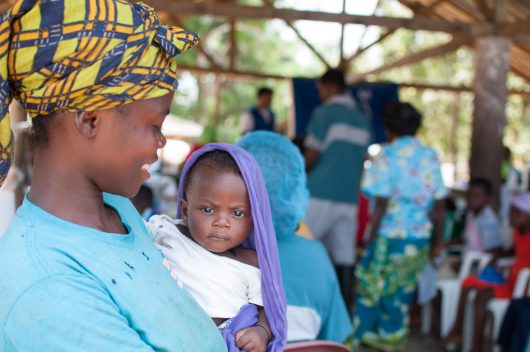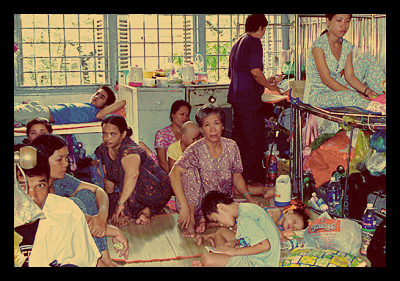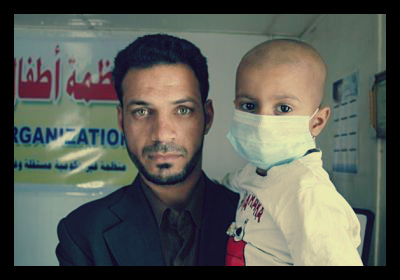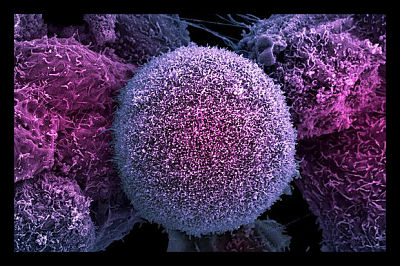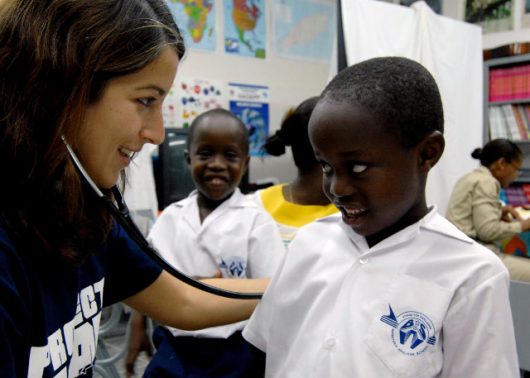 The Republic of Trinidad and Tobago is a twin island country bordering the Caribbean. Trinidad and Tobago is the third richest country by GDP in the Americas. As a developed country, the most common diseases in Trinidad and Tobago are noncommunicable diseases (NCDs), medical conditions not caused by infectious agents.
The Republic of Trinidad and Tobago is a twin island country bordering the Caribbean. Trinidad and Tobago is the third richest country by GDP in the Americas. As a developed country, the most common diseases in Trinidad and Tobago are noncommunicable diseases (NCDs), medical conditions not caused by infectious agents.
Heart Disease
Heart disease is the leading cause of death in Trinidad and Tobago, accounting for 32 percent of all deaths in 2014.
Uncontrolled hypertension (high blood pressure) is the main cause of heart attack and stroke and can also lead to blindness, kidney failure and other health problems. The prevalence of hypertension in Trinidad and Tobago is high; approximately 29.8 percent of males and 23.1 percent of females are affected.
In 2013, The Ministry of Health in Trinidad and Tobago started a campaign aiming to reduce the risk factors of heart disease among the population. The “Fight the Fat” campaign focuses on reducing obesity, physical inactivity and unhealthy diets. For the World Health Campaign, the Ministry of Health launched “Know Your Numbers; Get Screened.” Initiatives included raising awareness about hypertension and creating opportunities for adults to check their blood pressure.
Cancer
According to a report released by the Pan American Health Organization (PAHO) in 2013, Trinidad and Tobago has the highest cancer mortality rate in the Americas. Among men, the majority of cancer deaths are due to prostate cancer and, among women, breast cancer. The high number of deaths from breast and cervical cancer has led to calls for better access to screening and treatment services, given that cervical cancer is very preventable, and breast cancer can be detected and treated early.
Diabetes
Diabetes is another one of the most common diseases in Trinidad and Tobago and is responsible for about 14 percent of all deaths. As of 2016, 10.9 percent of men and 14.1 percent of women in the country are living with diabetes.
Since 1980, there has been a 350 percent increase in the number of people in Trinidad and Tobago living with diabetes. The Ministry of Health attributes this rise to unhealthy lifestyle choices among the population, such as poor diet and physical inactivity. In its fight against diabetes, the Ministry of Health is establishing more accessible screening programs, educating medical professionals about treatment and expanding programs to promote healthy lifestyles.
Like most other developed countries, the most common diseases in Trinidad and Tobago are noncommunicable. Though genetics can play a role in an individual’s development of an NCD, many are at risk because of unhealthy choices. This can be seen by statistics provided by the World Health Organization: 30 percent of the population is obese, with sedentary lifestyles and diets high in sugar, salt and fat to blame.
The Ministry of Health has taken a stance on personal responsibility, in a statement that reads: “The Ministry of Health will do its party with the strengthening of primary health care interventions, but the population of Trinidad and Tobago has a role to play in making better dietary choices and increasing physical exercise.” However, the Ministry of Health also has a role to play in helping Trinidad and Tobago make these changes. It is unlikely that everyone in the country is actively deciding to be unhealthy – there may be issues of accessibility and education at play, too.
– Hannah Seitz
Photo: Google
 Greece is a small nation in the south of Europe, full of history and culture. A large portion of the tradition in Greece resides in the food they make for their family and friends and spending time together. While these activities are common to the Mediterranean country, many of these people’s habits are also what cause their most common illnesses. Here are the top five common diseases in Greece:
Greece is a small nation in the south of Europe, full of history and culture. A large portion of the tradition in Greece resides in the food they make for their family and friends and spending time together. While these activities are common to the Mediterranean country, many of these people’s habits are also what cause their most common illnesses. Here are the top five common diseases in Greece:
